UC Davis Students and Faculty Attend Microgrid Master Class
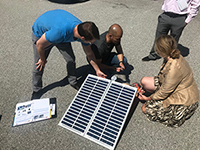
UC Davis Students and Faculty Attend Microgrid Master Class On June 18, 2018, UC Davis students and faculty participated in a hands-on, microgrid training at the Naval Postgraduate School in Monterey, California. UC Davis’ participation in the training was sponsored by the Naval Enterprise Partnership Teaming with Universities for National Excellence (NEPTUNE) program, which helps […]
Launching New Project to Increase Adoption of Emerging Clean Energy Technologies through Procurement
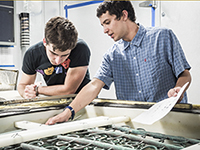
With few rigorous product evaluations to inform purchasing decisions, large commercial and institutional customers face enormous uncertainty and high costs associated with purchasing advanced energy efficiency, renewable distributed energy generation and energy storage products (collectively defined as distributed energy resource (DER) products). Existing third-party resources do not typically provide information on specific products, nor do […]
Partnering with Mexican Institutions to Advance Energy Efficiency Goals

UC Davis received three awards from Mexico’s Ministry of Energy and its National Council for Science Technology to work in partnership with Mexican research institutions on energy efficiency projects. These projects will help grow capacity in Mexico to meet ambitious clean energy goals. Project 1: UC Davis will work with the Universidad Autonoma de Guadalajara […]
New Report Released: How the University of California can Replace Natural Gas with Climate-Friendlier Options
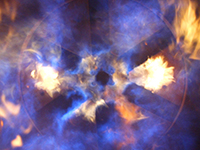
A three-step plan for carbon neutrality New strategy to wean off natural gas paves way for the University of California to be a global leader By Jenny Seifert SANTA BARBARA, CALIF. – Universities across the United States have set ambitious goals to shrink their carbon footprints, including the University of California, which launched its Carbon […]
Live in a Zero Energy House this Fall

The Honda Smart Home is soliciting applications for new occupants. This unique opportunity is open to UC Davis faculty, staff or graduate students for 2018-2019. About the Honda Smart Home: The Honda Smart Home US, showcases technologies that enable zero net energy living and transportation. The home in UC Davis West Village is capable of […]
California Water-Saving Drive Saved Energy, Too

By Andy Fell – California’s drive to save water during the drought had a double benefit: it saved a lot of energy as well. In April 2015, Governor Jerry Brown mandated a 25 percent cut in urban water consumption in the face of continuing drought. Water suppliers were required to report their progress to the […]
Energy Graduate Group Student Madison Hoffacker Publishes Paper on Using Nonconventional Spaces for Solar Energy Development
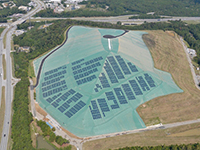
In a study published in the journal Environmental Science & Technology, UC Davis researchers and colleagues demonstrate how nonconventional spaces can be used to generate renewable energy while sparing lands that could be better used for food production and the conservation of ecosystems. Read the press release. Read the journal article.
UC Davis Plant & Environmental Sciences building receives 2 prominent green building certifications
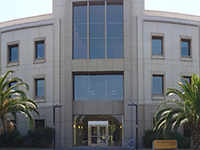
UC Davis Plant & Environmental Sciences (PES) is the first BREEAM® USA In-Use Excellent rated building! BREEAM (Building Research Establishment Environmental Assessment Method) is the world’s leading environmental assessment method and rating system for buildings. This building was a pilot project for BREEAM USA In-Use at UC Davis. PES also earned LEED Gold® for Existing Buildings: Operations & Maintenance, adding to the growing […]
UC Davis Energy and Efficiency Institute: New Name, Enhanced Focus

Name Change Reflects Broader Mission and a New Energy Graduate Group DAVIS, CALIF. December 08, 2017 – After 10 years of accelerating the development and commercialization of energy efficient solutions and training future leaders in energy efficiency, the UC Davis Energy Efficiency Center has become an institute. The institute, now named the Energy and Efficiency […]
New Study: Water Savings Program Results in Significant Energy Efficiency

Households that conserve water through home water reports will be pleased to learn that they may be saving money on another utility bill. A new study, Spillovers from Behavioral Interventions: Experimental Evidence from Water and Energy Use, shows that when consumers are informed of their water consumption rates, not only do they conserve that resource, they become […]

